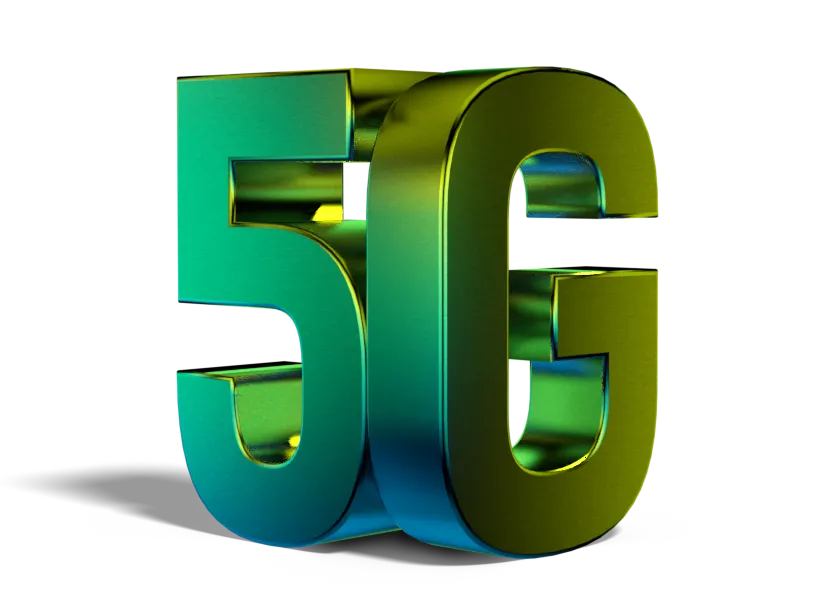
5G is the fifth generation of wireless cellular technology, representing a significant leap forward from its predecessors like 4G LTE. It's not just about faster internet on your phone; 5G is designed to transform various industries and enable new applications through its key characteristics:
Key Characteristics of 5G:
-
Higher Speeds: 5G offers significantly faster download and upload speeds, with theoretical peak speeds of up to 10-20 Gbps (Gigabits per second) and average speeds often in the range of 130-240 Mbps. This is a substantial improvement over 4G LTE, which typically offers speeds around 100 Mbps.
-
Ultra-Low Latency: Latency refers to the delay between when data is sent and when it is received. 5G aims for ultra-low latency, as low as 1 millisecond (ms), compared to 4G's 30-70 ms. This near-instantaneous response time is crucial for critical applications.
-
Massive Capacity: 5G networks can handle a much larger number of connected devices simultaneously, supporting up to 1 million devices per square kilometer. This is vital for the widespread adoption of the Internet of Things (IoT).
-
Greater Bandwidth: 5G utilizes a wider range of spectrum resources, including higher frequency bands (millimeter wave or mmWave) that were previously unused. This allows for the transmission of more data at a much faster rate.
-
Network Slicing: A powerful feature of 5G is the ability to "slice" a physical network into multiple virtual networks. This allows operators to allocate specific network resources (bandwidth, latency) for different applications, ensuring optimized performance for diverse use cases.
How 5G Works:
5G builds upon the cellular principles of previous generations but incorporates several enhancements:
-
New Frequency Bands: 5G utilizes a broader range of frequency bands, including low-band, mid-band, and high-band (mmWave).
-
Low-band: Provides wide coverage, similar to 4G, but with slightly faster speeds.
-
Mid-band: Offers a good balance of speed and coverage, often used in major cities.
-
High-band (mmWave): Delivers extremely high speeds but has a shorter range and can be easily obstructed by physical objects like buildings and trees.
-
-
Massive MIMO (Multiple Input Multiple Output): This technology uses many antennas at the base station to send and receive more data streams simultaneously, improving efficiency and capacity.
-
Small Cells: To overcome the limited range of mmWave frequencies, 5G networks deploy a dense network of small cell base stations, often placed on streetlights, buildings, and other urban infrastructure.
-
Beamforming: This technique directs wireless signals more precisely towards individual devices, improving signal strength and reducing interference.
- Teacher: Admin User
